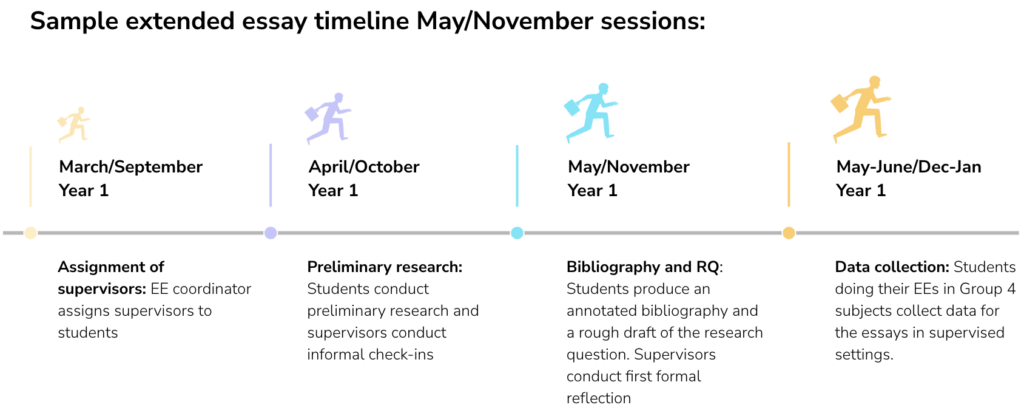Students steer their own EE ships, but EE coordinators and supervisors build the fleet! Creating a structure at your school site where skills are developed years before entering the IBDP sets EE students and supervisors up for success. Whether you are starting your EE journey or looking to fine-tune an existing one, we have tools for you.
Guidance for coordinators
Your role as the coordinator depends on the local context of the school, but here are some general roles and responsibilities you may be expected to fulfill:
While EE supervisors can only meet with students for 3-5 hours, coordinators can play a much more active role in structuring the process. Making school-wide systems to incorporate ATL skills, creating and disseminating timelines, and finding ways to celebrate student success as they go along, all fall under the ambit of the EE Coordinator.
Download this handbook to be better prepared for supporting your school’s EE team!

Guidance for supervisors
The EE supervisor plays an integral role in supporting the culmination of their student’s essay. You are the point person for your students. Here are some of the key responsibilities of an EE supervisor:
While you are an expert in the subject content, you might find this guide useful to help your students navigate through the requirements of the EE.

EE Timeline
We once heard a silly joke that asks, “How do you eat an elephant?” The answer is, one bite at a time! The same is true for you, your students, and the EE. Once students pick a topic they love, it can be a life-changing learning journey.
Let’s talk about ways to help students get to the EE finish line. Breaking down the task into smaller pieces helps students gain momentum. Interim deadlines are key as they help students stay on track. Here is a suggested timeline with interim deadlines you might like to use at your own school. Coordinators and supervisors may like to partner to develop a timeline that works for the school context.






